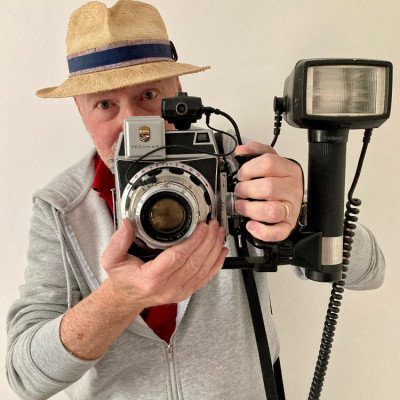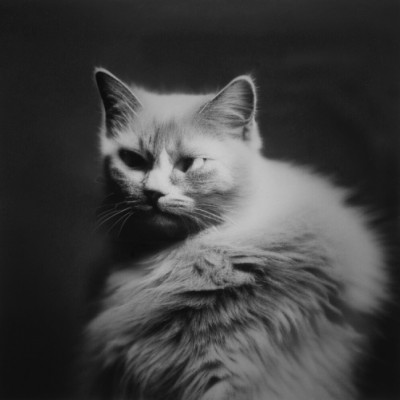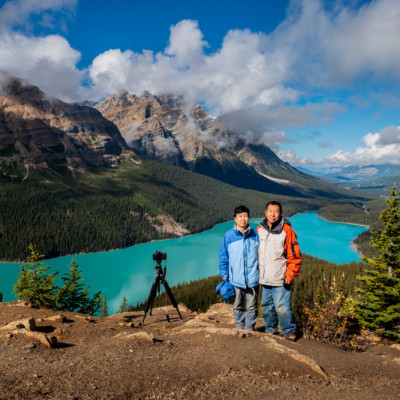SEARCH






|
|
|
|


 'Countryside Life' by Julien Oncrete
'Countryside Life' by Julien Oncrete
Following on from David Bailey, Bailey was heavily influenced, as was I, by our next iconic photographer, Bill Brandt.

Bill Brandt, of course, is widely considered one of the most influential photographers of the 20th century. His work, which spans several decades, captures the human experience in a way that is direct and honest as well as artistic. From his early portraits of the working class and the industrial heartland of England, to his later landscapes and nudes, Brandt's photography reflects a unique perspective that continues to inspire contemporary photographers today.
And personally, once I saw the wonderfully gritty nature of his documentary work, I just fell in love with this photographic style.


Born in Germany in 1904, Brandt moved to England in the early 1930s and began working as a photojournalist. His early work focused on capturing the lives of the working class, and his portraits of coal miners and factory workers are considered some of the most important social documentary images of the era. These early photographs were heavily influenced by the work of German photographers August Sander and Albert Renger-Patzsch, who also documented the lives of everyday people.
He once said: ‘I consider it essential that the photographer should do his own printing and enlarging. The final effect of the finished print depends so much on these operations. And only the photographer himself knows the effect he wants. He should know by instinct, grounded in experience, what subjects are enhanced by hard or soft, light or dark treatment. But … no amount of toying with shades of print or with printing papers will transform a commonplace photograph into anything other than a commonplace photograph … It is part of the photographer’s job to see more intensely than most people do.’
Brandt's interest in surrealism and modern art also heavily influenced his photography. When I first saw his astonishing distorted nude images, it changed my way of seeing and more importantly, how a camera could be used. He was fascinated by the work of artists like Man Ray and Salvador Dali, and his images often have a dreamlike quality to them. This is especially true of his series of nudes, which are often abstract and highly stylized.


One of Brandt's most significant achievements was his book "The English at Home," published in 1936. The book featured a collection of photographs of English people in their homes, from working-class families to wealthy aristocrats. It was a groundbreaking work, as it challenged the traditional notion of what was considered a "good" photograph. Instead of relying on technical perfection, Brandt focused on capturing the essence of his subjects and their environment.
During World War II, Brandt was commissioned by the British Ministry of Information to document life in England during the Blitz. His photographs of the destruction caused by the German bombing raids are some of the most iconic images of the war. Brandt's work during this time was also heavily influenced by the surrealists, as he sought to capture the disorienting experience of living through a war.
After the war, Brandt turned his attention to landscape photography, and his images of the English countryside are considered some of the most beautiful and evocative depictions of the natural world. His landscapes are often dramatic and moody, and his use of light and shadow gives them a timeless quality.

Brandt's legacy as a photographer is significant for my own development without a doubt. He broke new ground in terms of subject matter and technique, and his influence can be seen in the work of countless contemporary photographers. His ability to capture the essence of his subjects, whether they were people or landscapes, is a testament to his unique vision and artistic sensibility. Bill Brandt's photography continues to be celebrated and admired today, and his achievements have secured his place in the canon of 20th-century art.

 | Write |
 | Kimberly CREW Peter, great series of articles highlighting these iconic photographers and their historical importance as well. Much appreciated information. |
 | Peter Davidson CREW Glad you are enjoying them Kimberly. |
 | Alex Lo One of my favourite. Thanks for this article, Peter |
 | Peter Davidson CREW Most welcome Alex. |
 | Michael Burlak PRO What is the image by Julien Oncrete doing atop this article? |
 | Peter Davidson CREW An image from Brandt would be the ideal, unfortunately only images from members are available to be used as the required header/ banner image due to technical limitations of the system. |
 | Wanghan Li PRO Many thanks to the article, Peter! |
 | Peter Davidson CREW You're welcome Wanghan. |
 | Miro Susta CREW Hallo Peter, I was reading with great interest your write up about Bill Brandt, I heard this name but never saw his photo work. Many thanks for introducing his work to us, and also many thanks to Yvette for editing. |
 | Peter Davidson CREW Cheers Miro. |
 | Steven T CREW Peter, Thank you for the article. I wanted to share this link to a piece Bill Brandt wrote for 'Camera in London' in 1948. You may already know this one, but perhaps it will be new to some members.
http://www.americansuburbx.com/2011/04/bill-brandt-statement-on-photography.html
|
 | Peter Davidson CREW Excellent link Steven, thank you. |
 | Patrick Compagnucci PRO Great article Peter and Yvette, You folks are definitely helping with the education of an amateur like myself. many thanks, Patrick |
 | Peter Davidson CREW Glad you enjoyed it Patrick. |
 | Yvette Depaepe CREW Fine article about another iconic photographer. Brandt's work is intense and focused on the essence. Love it ... Thank you, Peter! |
 | Peter Davidson CREW Thanks Yvette. |
 | Julien Oncete PRO I thank you so very much,I'm so honored!... |
 | Yvette Depaepe CREW Your image is perfect to illustrate Brandt's style, Julien. Cheers, Yvette |